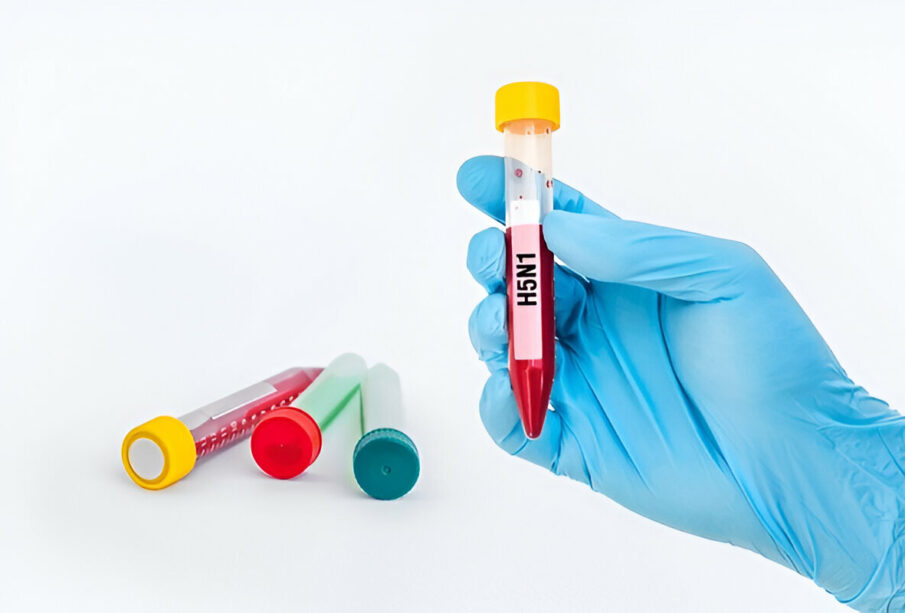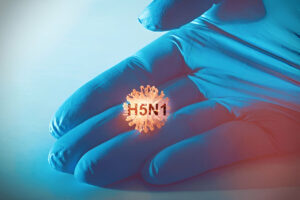New Virus H5N1 Pandemic 2025 What We know

Introduction
The Global Virus Network (GVN) issued an urgent call to action this week, warning of the increasing threat posed by the H5N1 avian influenza virus. The announcement, made on May 1, 2025, comes amid growing concerns over recent outbreaks reported in various countries. GVN experts stressed the need for coordinated global efforts to prevent what could escalate into a devastating pandemic.
Background on H5N1 Virus
History of Avian Influenza
First detected in 1996 in China, the H5N1 virus has been a persistent threat to both poultry and humans. It gained international attention in the early 2000s following deadly outbreaks across Asia and the Middle East.
Current Outbreak Statistics
Recent data reveals a concerning uptick in H5N1 cases, with infections spreading across Asia, Europe, and parts of Africa. According to the World Health Organization (WHO), over 150 new human infections have been recorded since January 2025, with a fatality rate of approximately 53%.
Recent Developments
Global Virus Network’s Statement
GVN’s statement emphasizes that “decisive action today can prevent a crisis tomorrow.” The organization highlighted the rapid pace at which the virus is evolving, warning that new strains could potentially gain efficient human-to-human transmission capability.
Locations of Concern
Particularly hard-hit regions include Southeast Asia and Central Europe, where both poultry farms and local health systems are under immense strain.
Potential Impact
Public Health Risks
Health officials warn that if unchecked, H5N1 could overwhelm hospitals, strain healthcare workers, and lead to significant mortality rates, particularly among vulnerable populations.
Economic and Social Implications
Outbreaks disrupt trade, tourism, and local economies. The poultry industry faces heavy losses, while public anxiety can lead to panic buying and misinformation spread.
Preventive Measures Recommended
Strengthening Surveillance
GVN calls for enhanced surveillance of both animal and human populations to detect outbreaks early and contain them swiftly.
Vaccination Strategies
Although no mass-market vaccine for H5N1 is widely available, research is underway. GVN urges governments to fund vaccine development and stockpile antiviral drugs.
Public Awareness Campaigns
Informing the public through clear, factual messaging is crucial. Campaigns should focus on hygiene practices, recognizing symptoms, and reporting suspected cases.
Responses from Global Authorities
WHO’s Position
The WHO reaffirmed its commitment to monitoring H5N1 closely, updating guidelines, and working with member states to bolster preparedness.
Government Reactions Worldwide
Countries like Japan, France, and Indonesia have ramped up their surveillance and biosecurity measures. Many nations are revising their pandemic response plans in light of the warning.
Ongoing Investigations
Scientific Research Initiatives
Teams worldwide are studying the virus’s genetic changes to understand its transmission dynamics better.
Tracking Virus Mutations
Labs are prioritizing genome sequencing of new strains to identify mutations that could signal a jump to human-to-human transmission.
Impact on Daily Life
Transportation and Travel Restrictions
Some countries have imposed temporary bans on poultry imports and recommended against non-essential travel to affected regions.
Healthcare System Preparedness
Hospitals are reviewing their capacity to manage surges in respiratory illness cases and ensuring that protective equipment is stocked.
Changes in Public Gatherings and Events
While no widespread lockdowns have been announced, authorities are advising caution in large gatherings, especially in outbreak hotspots.
Expert Opinions
Quotes from Virologists
Dr. Maria Jensen, a leading virologist, stated, “We’re at a critical juncture. Vigilance and proactive measures can make the difference between containment and catastrophe.”
Statements from Health Officials
A WHO spokesperson added, “Collaboration and transparency are key. We urge countries to share data and resources openly.”
Lessons from Past Pandemics
SARS and H1N1 Comparisons
Experts point to lessons learned during the SARS outbreak of 2003 and the H1N1 pandemic of 2009—highlighting the importance of early detection and rapid response.
The Role of Technology
Digital Tools for Monitoring
Apps and AI-driven platforms are being leveraged to monitor cases in real time, helping authorities act quickly.
Communication Platforms
Social media and official channels are essential for disseminating accurate information to the public and combating misinformation.
Global Collaboration Efforts
International Partnerships
Global health organizations are pooling resources and expertise to tackle the H5N1 threat collectively.
Shared Resources and Data
Open access to research data and medical resources is fostering a united front against the virus.
The Road Ahead
Long-Term Preparedness Plans
GVN recommends that nations not only address the current threat but also invest in long-term health system resilience.
Building Resilient Health Systems
Enhancing hospital infrastructure, training healthcare workers, and establishing rapid-response units are all part of the broader strategy.
Conclusion
The Global Virus Network’s urgent plea serves as a stark reminder of the ever-present risk of pandemics in our interconnected world. Through vigilance, collaboration, and proactive measures, the global community has a window of opportunity to prevent the next major health crisis. Now is the time to act decisively.
For More posts about Health















